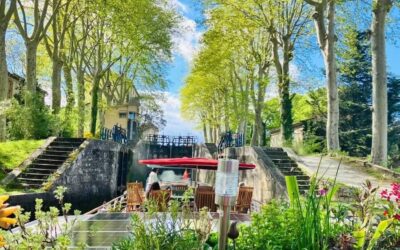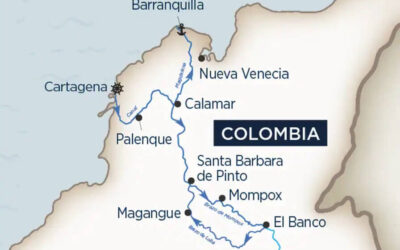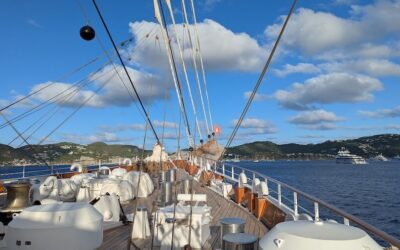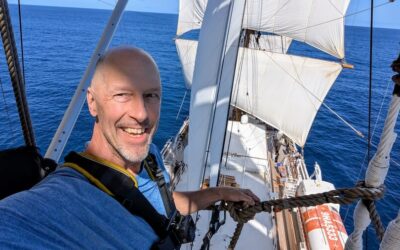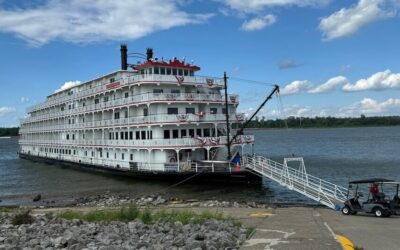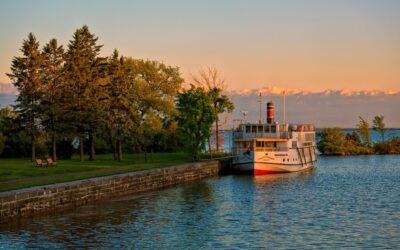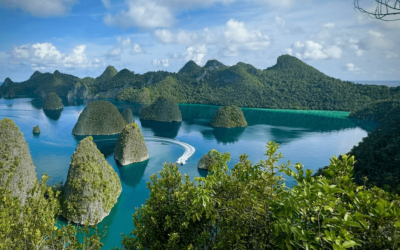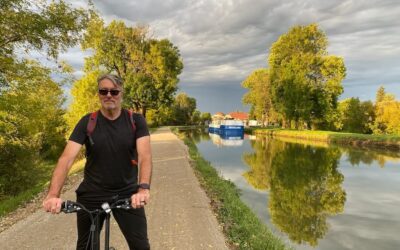The Russian Far East
By Matt Hannafin.
Welcome to the end of the earth, the place where East lies to the west of West. Sitting just two and a half miles from Alaska at its closest point and stretching over 1,400 miles from north to south, the harsh, sparsely populated, but spectacularly beautiful Russian Far East is unlike anyplace most travelers will ever experience.
Going there is like falling off the map, like sailing into the distant past or distant future, like waking up in a world where civilization has barely got a foothold. It seems too fantastical to be real, but at the same time it’s the realest place you’ll ever be.
Get Your Berings
Twelve thousand years ago, during the last Ice Age, this was a place scientists now call Beringia, a thousand-mile grassland steppe that stretched from Siberia to the Alaskan mainland, forming the “land bridge” by which hunters crossed into and settled the Americas. When the ice age ended, rising seas flooded Beringia, making islands of its volcanic peaks, turning highlands into coast, and delineating the boundary between North America and Asia.
Today, the Asian half of Beringia comprises Russia’s Far Eastern territories, from Chukotka in the north through the Kamchatka Peninsula to the Kuril Islands and Sakhalin Island in the south.
Straddling the Arctic Circle, Chukotka is as stark and unforgiving as the face of the moon. Permafrost, strong winds, and the cold, subarctic Oyashio ocean current conspire to keep the landscape treeless, leaving a naked, minimalist tableau of rock, sea, and sky painted here and there by moss-green tundra.
Massive, glacier-scoured peaks slope up from a flat silver sea, rolling cloud banks breaking over their ridges like waves about to engulf everything below. In winter, nights here can last 21 hours and temperatures dip to 35 below; in summer there’s enough light to read at midnight, and the tundra blooms with a profusion of wildflowers. Human occupation is sparse: Though Chukotka is larger than France, it is home to only about 48,500 people — fewer than live within the two square miles of New York City’s Chinatown.
About a third of the population is made up of Chukchi, Chuvan, Evens, Yukaghir, Yup’ik, Cup’ik, and other native peoples, most of whom rely for their subsistence on fishing, reindeer herding, and whale, walrus, and seal hunting.
About 87 miles north of mainland Chukotka, Wrangell Island is larger than the state of Delaware but has a population of fewer than 20, all of them rangers or scientists there to monitor or study the island’s flora and fauna. Wrangell and its surrounding waters are a zapovednik, a federally protected nature reserve that functions as a breeding ground for polar bears, walrus, and seals. In summer, thousands of birds nest in its jagged cliffs, and more than 400 plant species spring from the cold soil, more than double the number found on any other Arctic island.
Immediately south of Chukotka is the Kamchatka Peninsula. More welcoming than Chukotka, with a generally subarctic climate that rarely dips below 18°F along the rainy coast, Kamchatka closely resembles Alaska with its rugged landscape of snow-capped mountains, lush coniferous forests, salmon streams, and clear lakes. The wildlife is similar too, with the world’s largest population of brown bears plus moose, reindeer, eagles, and whales.
Part of the Pacific Ring of Fire, it is also home to 160 volcanoes (29 of them active) and other geothermal features, including hundreds of mineral springs, hot springs, and geysers. Huge stretches of the peninsula are protected nature preserves, and more than half of the region’s 322,000 people live in its main city, Petropavlovsk-Kamchatsky, located along the southern coast. About 110 miles to the east, the Russian-controlled Commander Islands are the westernmost tip of the US Aleutian Islands chain. Stark, dramatic, treeless, and thinly populated, they’re noted for their marine life and migratory bird population, and for being the final resting place of explorer Vitus Bering, who died here in 1741.
Extending more than 800 miles from the southern tip of Kamchatka to the northern coast of Hokkaido, Japan, the Kuril Islands chain is actually the visible peaks of 56 submerged volcanic mountains, 49 of which are still active. As in Kamchatka, this manifests in numerous hot springs, boiling lakes, and dramatic geological formations. Geopolitics play a big part in the life of the Kurils: For the past 150 years, Japan and Russia have contested ownership of the islands, though Russia has been in control since it wrested the chain from Japanese forces in August 1945, in the very last days of World War II. The usual port of embarkation or debarkation for Kuril Islands cruises is the town of Korsakov on Sakhalin Island, northwest of the southernmost Kurils.
See the Sights
- Watch the wildlife: Wildlife viewing is one of the main draws of Russian Far East cruises, with birdwatchers especially drawn to see the 46 species of migratory seabirds who nest here in summer. Kamchatka’s Koriakskiy Reserve alone sees some 700,000 white-fronted geese, bean geese, whooper swans, little brown cranes, and other birds annually. The cliffs of the Kuril Islands are also home to innumerable rookeries. On land, Kamchatka has the densest population of brown bears in the world, while Chukotka’s Wrangell Island has the world’s greatest density of polar bears, who come her to birth their cubs. Wolves, wolverines, red foxes, Siberian musk deer, musk ox, moose, and reindeer also roam the region, while walrus and blue, fin, sperm, humpback, grey, orca, beluga and other whale species swim in the cold waters offshore.
- Hike the tundra: Tundra is basically the only thing that will grow in the wet, permafrost-underlaid soil of Chukotka and northern Kamchatka. Essentially a micro-forest ground-cover of grass, mosses, heath, lichens, and dwarf shrubs, tundra can range from a few inches to a few feet thick and make for an unusually spongy hiking experience. Tread lightly to minimize damage, and be extra-careful in the thick stuff, which can hide ankle-turning holes and boot-soaking puddles. Hiking polls aren’t a bad idea.
- Experience Native culture: At various villages, visiting groups are often treated to programs of traditional song and dance, their storylines depicting heroic tales from the past or traditional activities such as hunting and sewing skins. Songs are sung in unison by the group and include imitations of walrus and seal vocalizations. Underpinning it all is the sharp attack of walrus- or reindeer-skin hoop drums, the only instruments used in the region’s traditional music. Reminders of Native history also dot the region, including the remains of Ainu villages in the Kurils and, on Chukotka’s uninhabited Itygran Island, hundreds of sun-bleached whale ribs and jawbones standing upright in the ground like an Arctic version of Stonehenge.
- Poke around in Cold War & WWII history: From 1945 to 1990, the Iron Curtain that separated East and West was known in this part of the world as the Ice Curtain, across which alert, suspicious eyes were always gazing. When the Soviet Union dissolved in 1991, many of its Far East bases were simply abandoned. Today you can find remains throughout the region, but especially so in the Kuril Islands, which also hold ruins and remnants of the Russian-Japanese struggle in WWII and before. There are Japanese bunkers on Urup, a Soviet gulag on Atlasova, an abandoned airbase on Matua, and, most evocative of all, the Kraternyy Naval Base, a once-secret Soviet submarine station located within a flooded volcanic caldera on Simushir Island. Built in 1978, it was abandoned just 15 years later. Today, its decaying buildings are littered with maps, charts, broken electronics, and gas masks, while nature gradually reclaims the gun emplacements, half-sunken boats, and other equipment outside.
- Collect volcano sightings: Kamchatka and the Kuril Islands are together home to more than 200 volcanoes, 78 of them active. If the weather cooperates, you could view dozens. Among the more notable are Kamchatka’s 15,584-foot Kluchevskoy (the largest active volcano in the Northern Hemisphere) and 11,575-foot Kronotsky (possibly the most beautiful, perfectly formed volcano in the world) and 7,674-foot Alaid, the tallest and most beautiful in the Kurils, resembling Japan’s Mount Fuji.
- Soak in a natural hot spring: Beyond scenic beauty, the presence of all those volcanoes also means Kamchatka and the Kuril Islands are both blessed with hundreds of natural hot springs. Good spots for a soak include the extinct volcanic caldera on Yankicha Island in the Kurils and the hot springs of Kamenistaya Bay in Kamchatka’s Kronotskiy Biosphere Reserve.
- See the US from Russia: Technically, Sarah Palin’s chestnut about being able to see Russia from Alaska (and the reverse) is true, but you have to go to impossibly remote Cape Dezhnev to do it, and you have to hope there’s no fog. The extreme northeastern point of the Eurasian continent, Cape Dezhnev is named for explorer Semyon Dezhnev, who was the first European to sail through the Bering Strait. Today there’s a monument to him on a rocky hill, near an abandoned Soviet border guard station.
Culture Shock
The Russian government maintains a restrictive and complicated visa regime for travelers, so be prepared to get your application in on time and filled out correctly. When arriving, expect immigration and customs checks to be thorough and strict, and be sure to keep your passport and visa with you at all times while you’re in-country. On the cultural side, take your shoes off if you’re entering someone’s home, wear a head scarf (if you’re a woman) when entering a Russian Orthodox church, and don’t point with your fingers as it’s considered rude.
Choose a Cruise
A number of exploration-minded cruise lines explore the Russian Far East on ships that carry between 48 and 184 guests, including Aurora Expeditions, Polar Cruises, Heritage Expeditions, Arctic Odysseys, Lindblad Expeditions (which merged with the former Orion Expeditions), and Hapag-Lloyd Cruises.
© This article is protected by copyright, no part may be reproduced by any process without written permission from the author. All Rights Reserved. QuirkyCruise.com.Don’t miss a post about small-ship cruising, subscribe to QuirkyCruise.com for monthly updates & special offers!

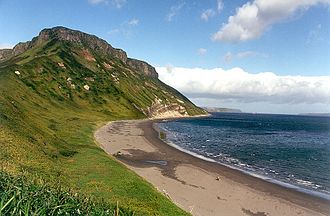
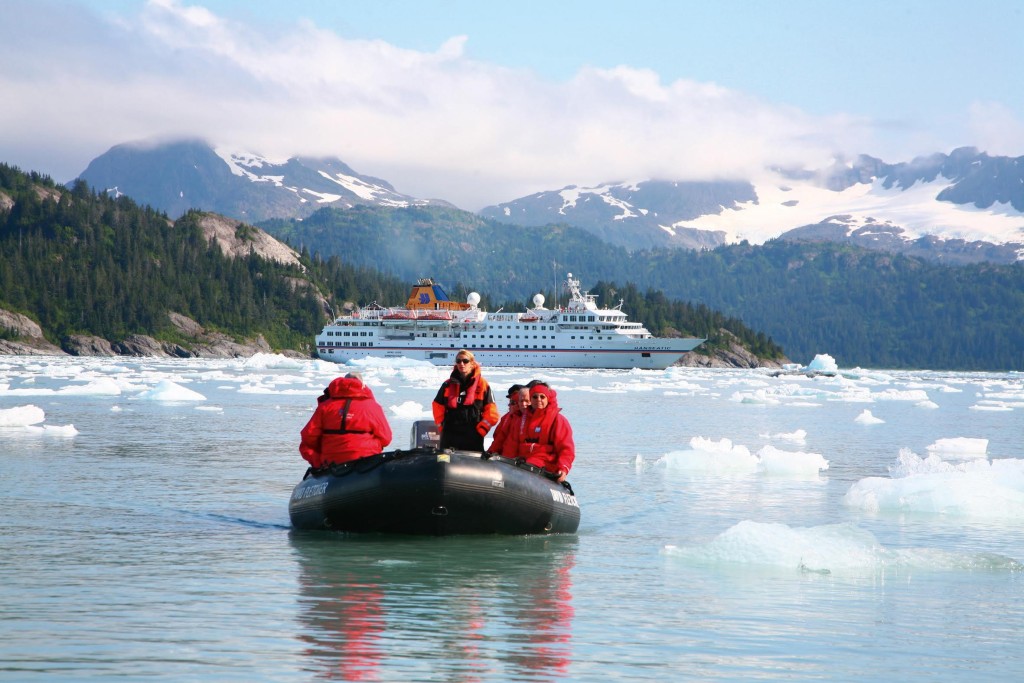
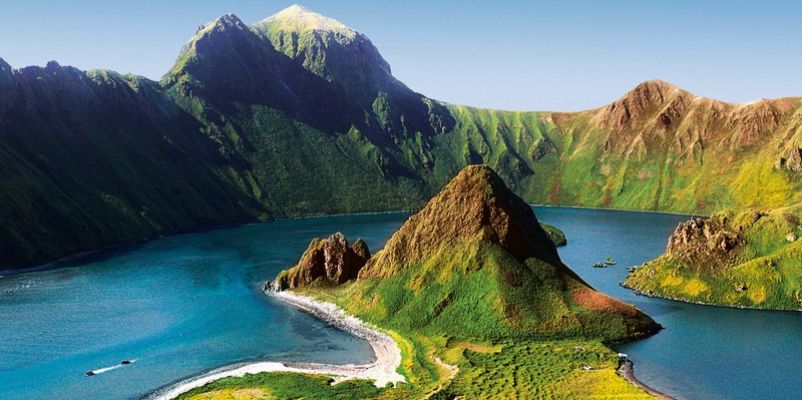
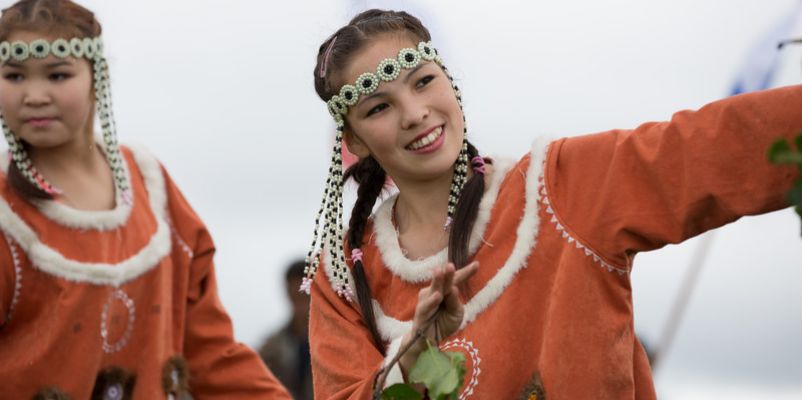
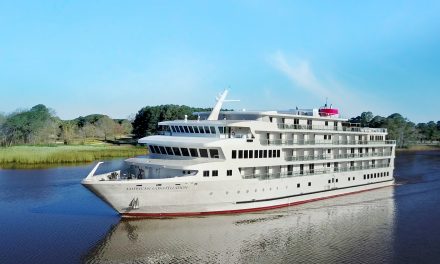
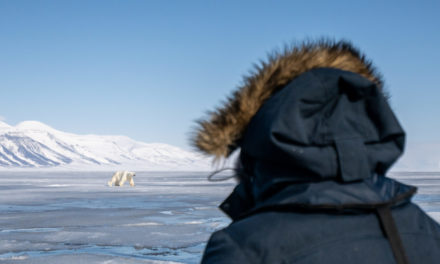
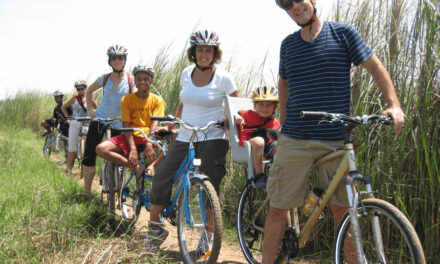

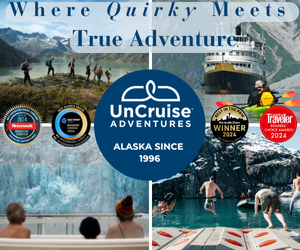
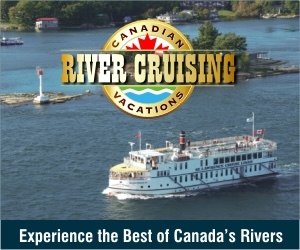






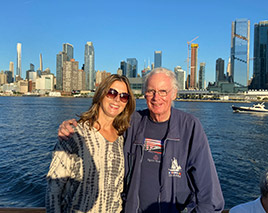 HEIDI SARNA
HEIDI SARNA
